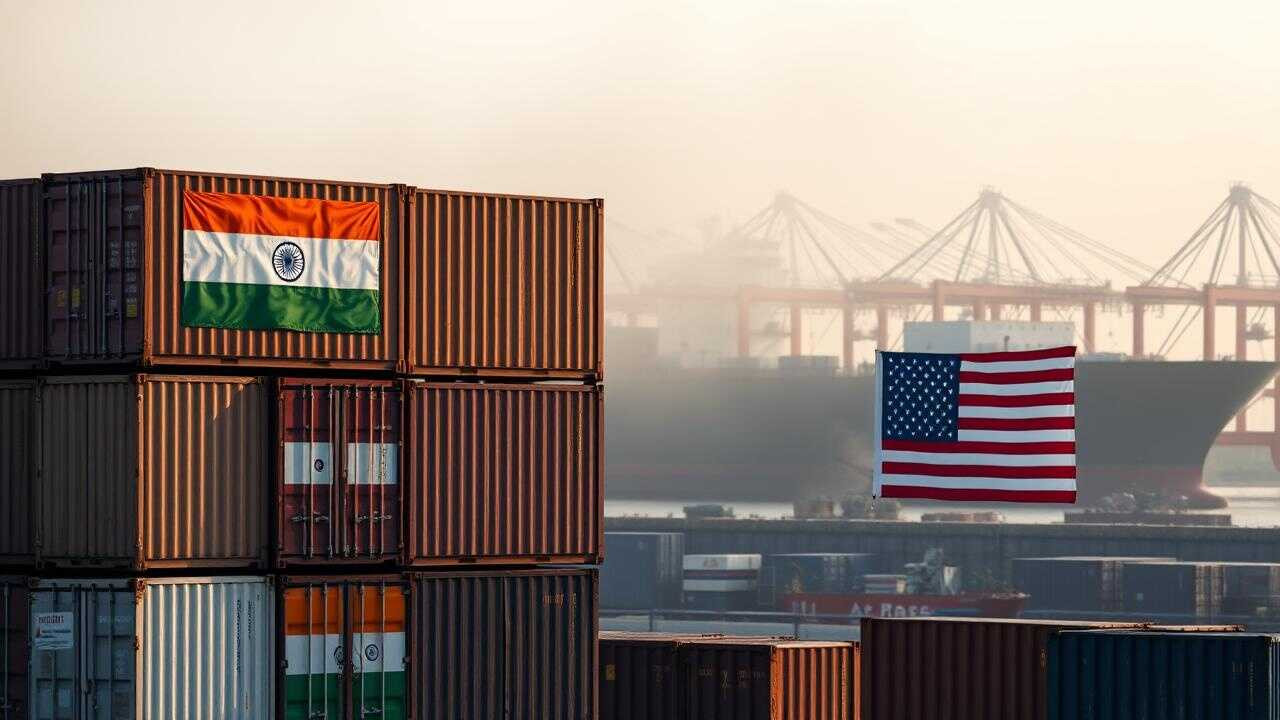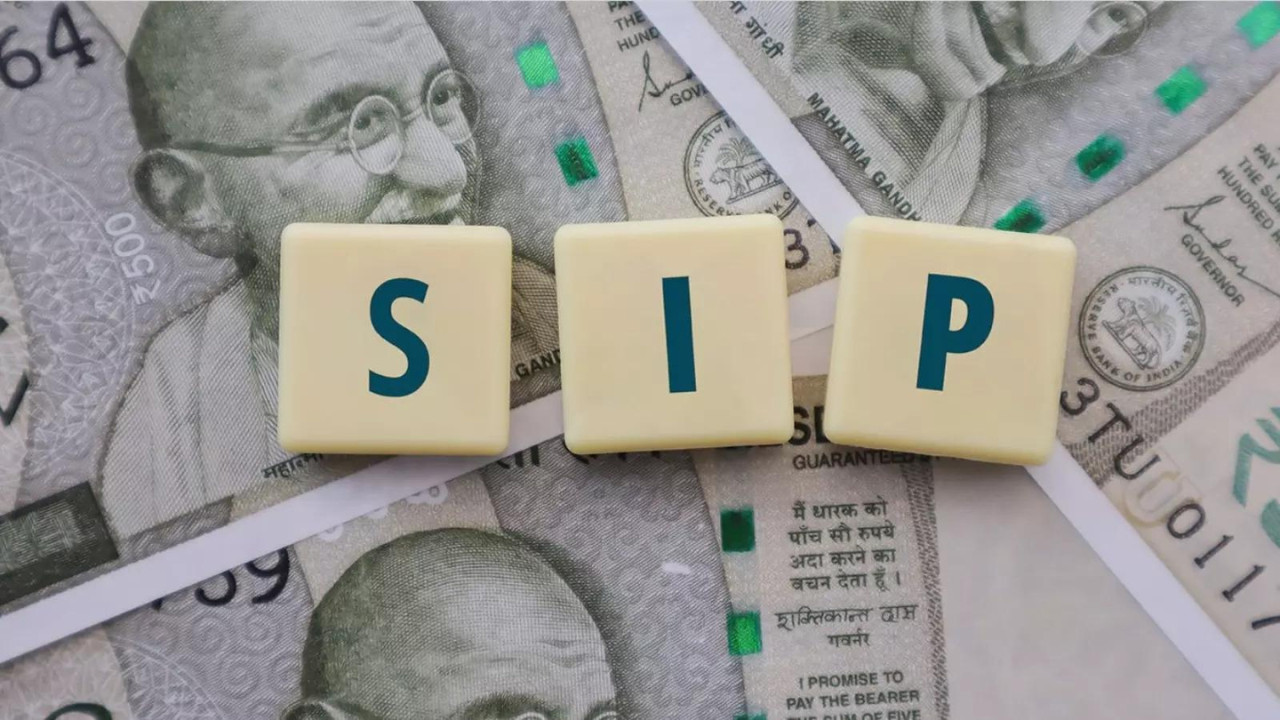Fitch Ratings reports a significant surge in the effective US tariff rate on Indian goods, escalating to 20.7% in 2025 from a mere 2.4% in 2024. This increase, coupled with potential penalties related to energy trade with Russia, has prompted economists to trim India’s growth expectations.
The Shifting Sands of Trade: Why US Tariffs on Indian Goods are Soaring
The global trade landscape is rarely static. It ebbs and flows, influenced by political tides, economic currents, and the ever-present push and pull of international relations. Lately, a noticeable shift has occurred in the trade winds between the United States and India, and the implications could be significant. A recent Fitch Ratings report highlights a concerning trend: the effective tariff rate levied by the US on Indian goods has jumped dramatically, from a modest 2.4% to a staggering 20.7% in 2024. This isn’t just a minor adjustment; it’s a seismic leap with the potential to reshape the dynamics of trade between the two nations.

What’s Driving This Sharp Increase in Tariffs?
Understanding the why behind this escalation is crucial. While the Fitch report doesn’t pinpoint a single cause, a confluence of factors is likely at play. Broader geopolitical tensions, evolving trade policies in both countries, and perhaps even industry-specific disputes could all be contributing to this upward trend. The US has increasingly leaned toward protectionist measures in recent years, ostensibly to safeguard domestic industries and jobs. These policies often translate into higher tariffs on imported goods, impacting countries like India that rely on access to the US market. Furthermore, anti-dumping duties and countervailing duties imposed on specific Indian products suspected of being unfairly subsidized or priced below market value can significantly inflate the overall tariff burden.
The Ripple Effect on Indian Exports
A tariff hike of this magnitude doesn’t exist in a vacuum. It creates ripples that spread across various sectors of the Indian economy. Higher tariffs make Indian goods more expensive for American consumers, potentially dampening demand. This can directly impact Indian exporters, leading to reduced sales, lower profits, and even job losses in affected industries. Sectors particularly vulnerable include textiles, pharmaceuticals, and certain manufactured goods, all of which contribute significantly to India’s export basket. The increased US tariffs on Indian goods act as a barrier, making it harder for Indian companies to compete with domestic American producers and other international players who may face lower tariff rates.
A Shadow Over India’s Growth Outlook
The Fitch report rightly suggests that this escalation casts a shadow on India’s growth outlook. Exports are a crucial engine of economic growth, particularly for a developing economy like India. A slowdown in exports due to higher tariffs can dampen overall economic activity, impacting GDP growth projections. Moreover, it can create uncertainty for businesses, discouraging investment and expansion plans. The report emphasizes that if these higher tariffs persist or even escalate further, the long-term consequences for India’s economic trajectory could be substantial.
Navigating the Challenges: India’s Options
So, what can India do to mitigate the impact of these rising tariffs? Several strategies could be employed. Firstly, proactive diplomatic engagement with the US is essential to address trade concerns and negotiate mutually beneficial solutions. Seeking exemptions from certain tariffs, exploring alternative trade agreements, and advocating for fair trade practices are all crucial steps. Secondly, diversification of export markets is vital. Reducing reliance on the US market by expanding trade relationships with other countries, particularly in Asia and Europe, can help buffer the impact of US tariffs. Thirdly, enhancing the competitiveness of Indian industries is key. Investing in research and development, improving infrastructure, and streamlining regulatory processes can help Indian companies produce higher-quality goods at competitive prices, making them more resilient to tariff pressures. You can read more about improving India’s manufacturing sector here.
The Future of US-India Trade Relations
The spike in US tariffs on Indian goods is a stark reminder of the complexities and uncertainties inherent in international trade. While the immediate impact may be concerning, it also presents an opportunity for India to reassess its trade strategies, strengthen its domestic economy, and forge stronger relationships with other global partners. Navigating this challenging environment will require proactive diplomacy, strategic diversification, and a relentless focus on enhancing competitiveness. The path forward won’t be easy, but by embracing innovation and adaptability, India can weather this storm and emerge stronger in the long run.







